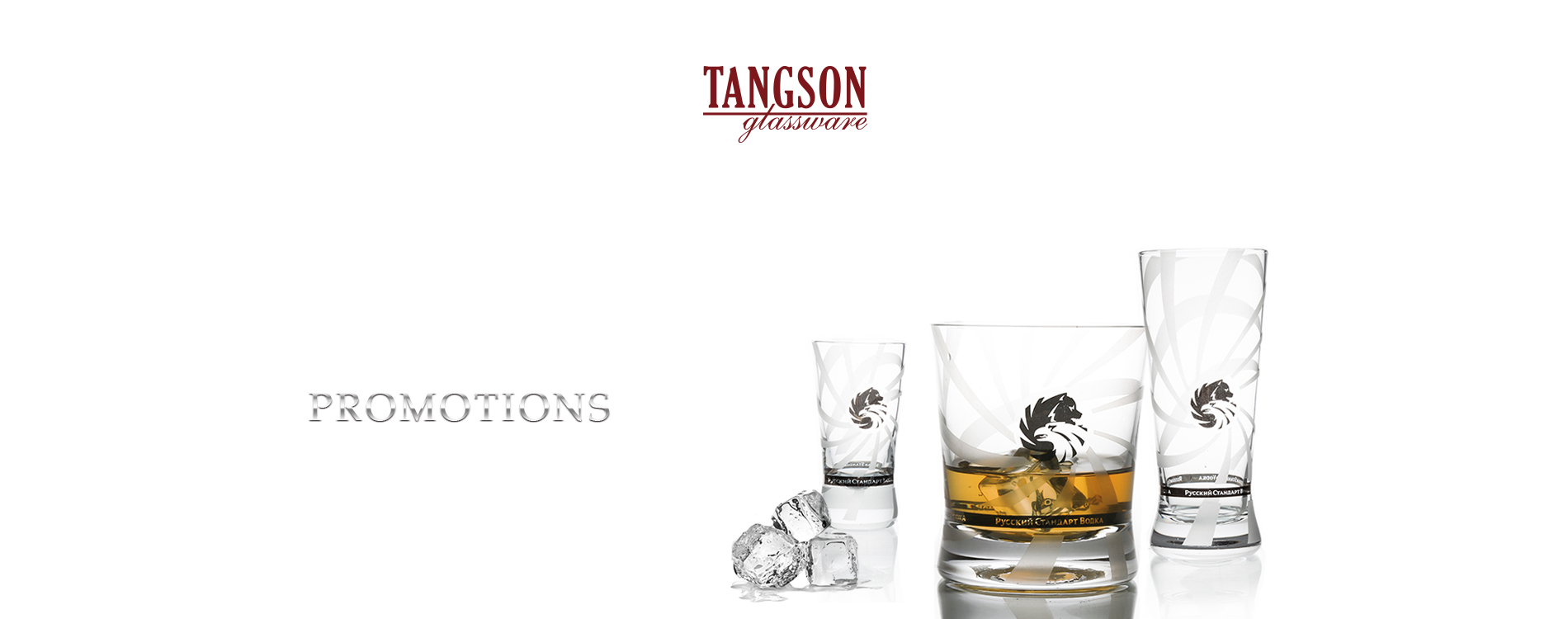Current status of the glass industry
2018/11/16In 2017, the EU-28 glass production reached a volume of nearly 36 million tonnes, a global increase of 2.3% compared with 2016 confirming that the sector is recovering from the 2008 crisis.
This production level maintains the EU as one of the largest glass producers in the world with China and North America. Germany remains the EU’s biggest producer with about one fifth of the volume, closely followed by France, Spain, Italy and the UK.
As in 2016, all glass sectors succeeded to increase or maintain their production, thanks to a revived economy mainly in the construction sector, car industry, energy, engineering and food services.
Production evolution until 2017
Regarding foreign trade from third countries, imports from Asian countries, and in particular China, remain big competitors.
Compared with 2016, 2017 extra EU-28 exports remained stable (+0.1%) in volume at 3.12million tonnesand increased by 4.2% in value with 6.77 bn Euros. The EU-28’s four major clients in volume are the rest of Europe (45.6%), including Switzerland (15%), Turkey (8%) and Russia (4%), followed by the USA (12%), North Africa (6%) and Far East Asia (8.5%) including China (3.4%).
As for extra-EU imports in EU-28, in 2017 they increased in volume by 11% (4 million tonnes) and in value by more than 8% (6 bn euros) compared with 2016. Far-East Asia accounted for 42% (including 34% from China alone), the rest of Europe for 41% (including Turkey (9.2%), Russia (8.7%), Switzerland (8.7%) & Ukraine (5.2%)), North Africa for 5.5% and the USA for 3.5%.
Behind these 2017 numbers aggregated at the level of the whole glass industry, it is important to realize that the situations are contrasted in the different sectors. Evolutions in production and employment, as well as in the origin of imports into the EU, are very different between glass sectors.
Production by Sectors: 1) History 2) Details 2017
Generally speaking however, it can be said that after the strong recession in 2012, glass sectors are stabilising since 2013 thanks to slightly better market conditions and consumer confidence, particularly noticeable since 2015.
It is hard to make projections for 2018 but one can pre-empt a continued improvement of market conditions (increased food consuming, cars, buildings, energy-efficient products) with, in parallel, an ever-challenging manufacturing climate:
- The questioning about long-term future in the revised ETS legislation (ETS sector – 43% by 2030) and structural change is still pending and might entail extra costs.
- Investment outside the European borders has materialised and imports are gradually and insidiously increasing, taking bigger EU market shares in nearly all glass sectors.
- The political worldwide context is also changing and can impact the EU and global economy (Brexit, US policies, China, etc.).
Employment Evolution and Productivity


